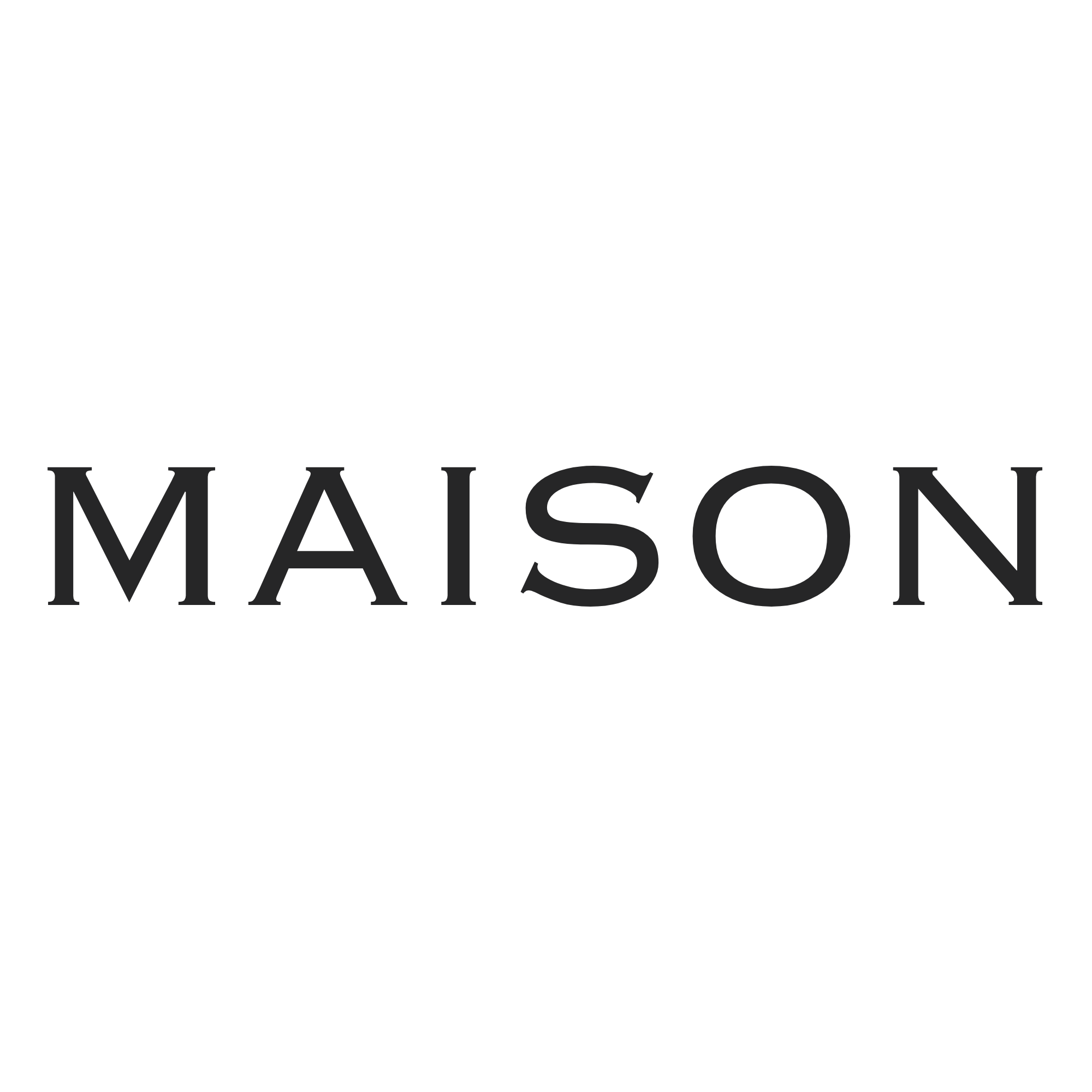How Voice Amplification Shaped Jazz and Modern Music
Throughout history, the way we project and perceive sound has profoundly influenced the development of musical genres and performance styles. Before the advent of amplification technology, performers relied on their vocal projection and acoustic instruments to reach audiences, often limited by venue size and acoustics. The introduction of sound amplification not only transformed technical capabilities but also reshaped cultural expressions, enabling new forms of artistry and audience engagement. This article explores how voice amplification has driven the evolution of jazz and modern music, illustrating the connection with practical examples and technological milestones.
Table of Contents
- The Origins of Voice Amplification and Its Early Impact
- Amplification and the Rise of Jazz: A Case of Innovation and Expansion
- Technological Advancements and Their Cultural Implications
- Amplification in Modern Music: From Jazz to Contemporary Genres
- The Non-Obvious Role of Amplification: Perception, Performance, and Culture
- Beyond Sound: Amplification and the Evolution of Musical Identity
- Conclusion: The Continuing Impact of Voice Amplification on Music
The Origins of Voice Amplification and Its Early Impact
The earliest methods of sound projection relied solely on the human voice and acoustical instruments. Performers in large halls or outdoor venues faced limitations in voice clarity and volume, which often compromised audience experience. The invention of microphones in the early 20th century marked a turning point. Basic principles involved converting sound waves into electrical signals, which could then be amplified and transmitted through loudspeakers. This breakthrough made it possible for performers to be heard clearly over larger distances without strain.
The 1920s saw the rise of electric recording technology, which further influenced jazz artists. Electric microphones allowed jazz vocalists and instrumentalists to capture nuanced performances with greater fidelity, paving the way for more dynamic recordings. These innovations also facilitated performances in larger venues, where amplification could project sound evenly across the audience, fostering more expressive and energetic performances.
For example, early jazz recordings benefited from electric microphones, enabling artists like Louis Armstrong to deliver more powerful and resonant vocals, which expanded their reach and influence. This technological foundation set the stage for jazz’s explosive growth, as performers could now connect with broader audiences beyond intimate club settings.
Amplification and the Rise of Jazz: A Case of Innovation and Expansion
Amplification played a crucial role in the development of jazz during the early 20th century. It enabled musicians to perform with greater volume and emotional intensity, fostering a new level of improvisation and interaction with the audience. Jazz venues grew larger, and the energetic style of performances, exemplified by dances like the Charleston, became more pronounced with amplified sound.
Vocalists such as Louis Armstrong and Bessie Smith harnessed microphones to project their voices with clarity and power, making their performances more captivating. For instance, Armstrong’s trumpet playing and gravelly voice became iconic partly because amplification helped convey his expressive nuances to larger crowds, thus expanding jazz’s cultural reach.
This technological enhancement not only elevated individual artists but also fostered the genre’s evolution, allowing jazz to transcend local scenes and become a national and global phenomenon. The ability to perform with amplified sound was instrumental in shaping jazz’s dynamic, improvisational spirit that continues to influence musical performance today.
Technological Advancements and Their Cultural Implications
The transition from rudimentary microphones to sophisticated sound systems marked a significant technological leap. Innovations such as dynamic microphones, equalizers, and loudspeaker arrays allowed sound engineers and performers to craft a balanced and immersive auditory experience. These advances made live performances more engaging and recordings more precise, influencing how jazz and blues were produced and consumed.
The first electric jazz recordings in 1925 exemplify this evolution. They captured performances with unprecedented clarity, enabling listeners worldwide to experience the genre’s vibrancy. This technological progress contributed to jazz’s dissemination across borders, fostering a global appreciation for the genre and influencing other musical styles.
For instance, the ability to record electric jazz meant that innovative techniques and improvisations could be preserved and distributed internationally, which was challenging in purely acoustic recordings. The ripple effect enhanced jazz’s cultural significance and facilitated its integration into mainstream entertainment.
Amplification in Modern Music: From Jazz to Contemporary Genres
The influence of amplification extends beyond jazz, shaping genres such as rock, pop, and electronic music. Modern amplification techniques allow artists to deliver powerful vocals, intricate soundscapes, and emotionally charged performances. The case of Lady In Red offers a contemporary illustration. The song’s production relies heavily on digital amplification and effects, demonstrating how technology enhances vocal delivery and emotional expression today.
Modern artists utilize advanced audio processing, including reverb, autotune, and digital effects, to craft distinct sound signatures. These tools enable performers to experiment and push creative boundaries, making their performances more engaging and resonant with audiences worldwide.
The integration of digital technology has revolutionized the musical soundscape, allowing for studio-level effects during live shows and recordings. This continuous evolution ensures that amplification remains central to the artistic process, driving innovation across genres.
The Non-Obvious Role of Amplification: Perception, Performance, and Culture
Amplification influences not just sound levels but also audience perception and engagement. By amplifying subtle nuances, performers can evoke stronger emotional responses and foster closer connections with their listeners. This shift altered how live music was experienced, turning passive listening into active participation.
Psychologically, amplified sound creates a sense of immediacy and excitement. Culturally, it contributed to the energetic, fast-paced environments of jazz clubs and dance halls, exemplified by the phrase “23 skidoo,” which emerged during the Roaring Twenties to describe the lively, spirited atmosphere facilitated by amplified music.
“Amplification transformed not just the volume but the very spirit of performance, enabling music to become a more visceral, communal experience.”
Beyond Sound: Amplification and the Evolution of Musical Identity
Technology deeply influences the artistic identity of performers and genres. For jazz and blues pioneers, amplification was a tool for improvisation, allowing spontaneous expression to be heard clearly. Today, digital effects and amplification define the sonic identity of genres like electronic dance music (EDM) and pop.
The ongoing relationship between amplification and improvisation underscores how technology can serve as an extension of artistic creativity. For example, artists like Lady In Red utilize digital effects to craft a unique emotional signature, illustrating the continuity from early jazz improvisation to contemporary sound design.
This continuity highlights that, despite technological changes, the core of musical expression remains rooted in emotional and cultural communication. Amplification continues to shape how artists develop their identities and influence genres over time.
Conclusion: The Continuing Impact of Voice Amplification on Music
From the earliest microphones to advanced digital effects, amplification has driven profound technological and cultural transformations in music. It enabled performers to reach larger audiences, express greater emotional depth, and innovate creatively across genres.
As the example of Lady In Red demonstrates, modern amplification techniques continue to shape vocal delivery and emotional resonance in contemporary music. The ongoing dialogue between technology and artistry promises new horizons for musical expression.
Looking ahead, emerging technologies such as spatial audio and AI-driven effects are poised to further transform how we experience and create music. The legacy of amplification as a catalyst for innovation and cultural evolution remains as vital as ever.






Leave a Reply